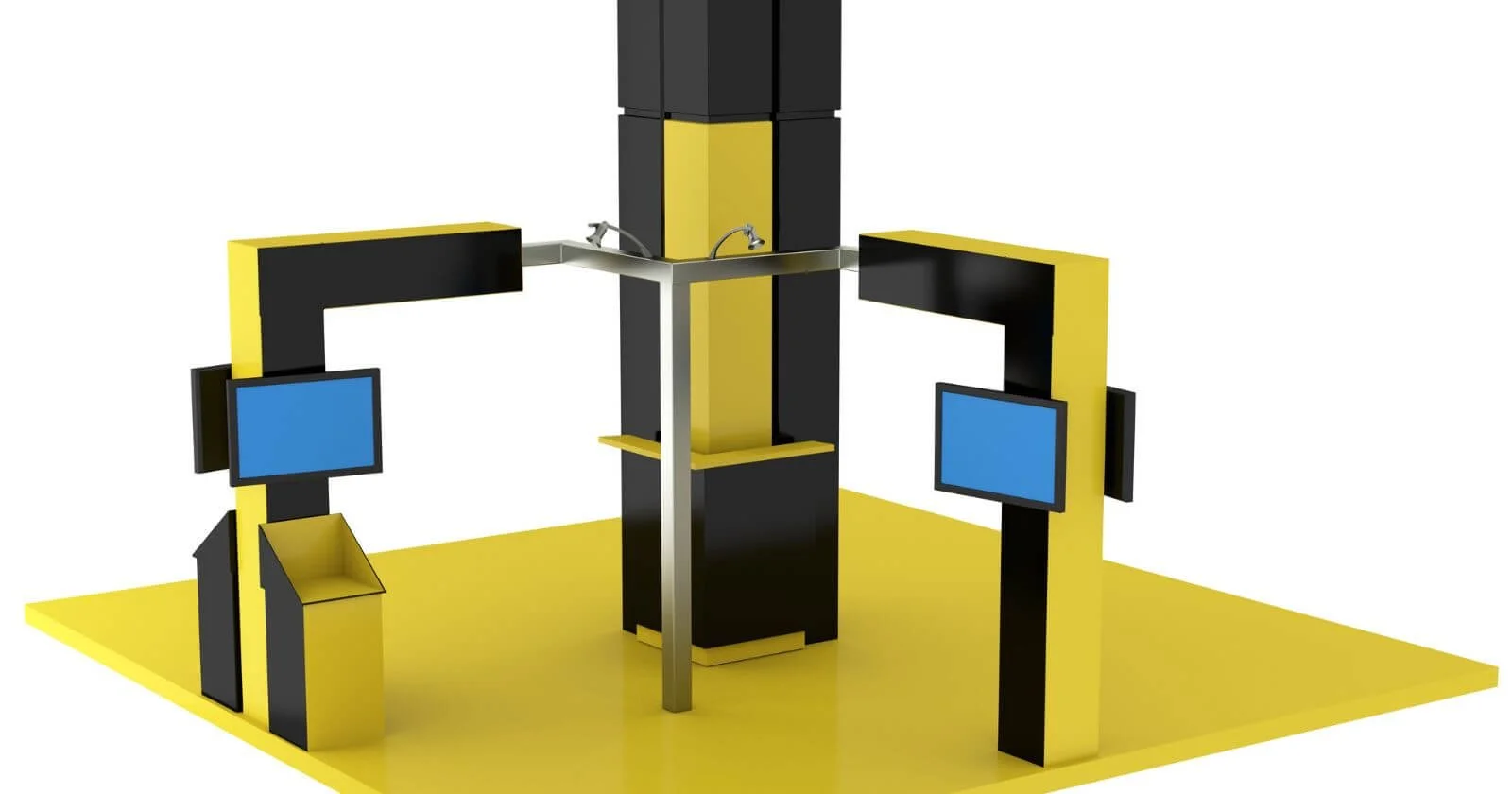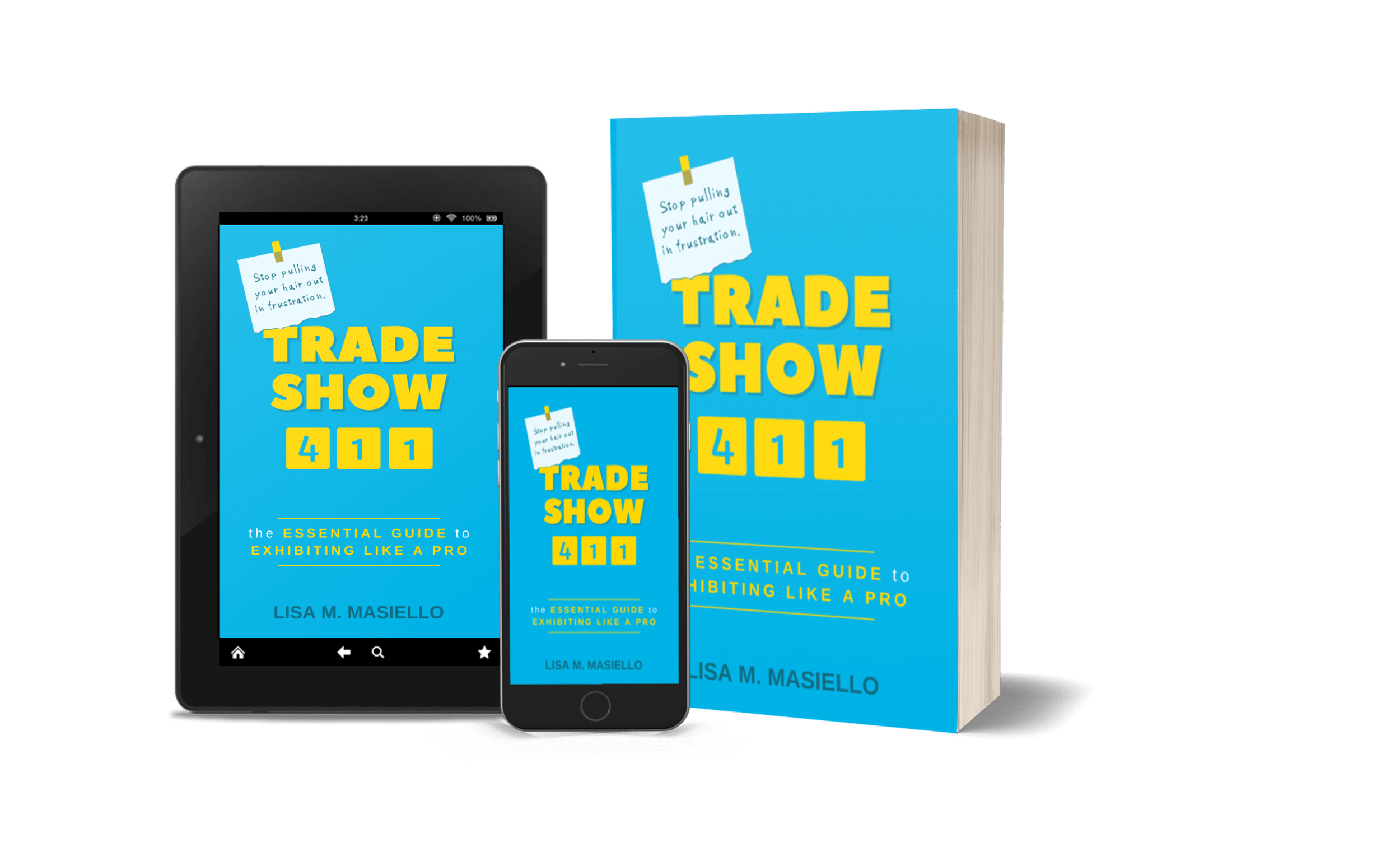Booth Area
know your trade show exhibitor terms
Free Trade Show Planning Tools
Practical templates to help you budget, staff, schedule, and choose the right events.
Budgeting Spreadsheet
Staffing Planner
Show Schedule Tracker
Smart Questions to Ask Organizers before You Book
Easy to use. Tools to help you stay organized and sell.
Understanding trade show booth areas.
The booth area is the space a trade show exhibitor reserves within an expo, convention, or conference center. Often called bare space or bare booth, this area serves as the base for designing your booth and displaying your brand and products or services to attendees.
Standard trade show booth size explained.
Trade show booth spaces vary in size, with the smallest and most popular starting at 10 x 10 ft. (100 sq ft). For larger displays, spaces are typically available in 10 x 10 ft. increments, allowing flexibility in booth design and layout.
Factors determining your ideal booth size.
Choosing the ideal booth size depends on your company’s marketing goals, available budget, and desired audience impact.
Business and marketing goals
Do you want to launch a new product, expand into a new market, generate leads, or simply generate brand awareness and increase your business’ visibility?
Budget
Is your budget closer to $1,000 or $100,000? Remember, the cost of the booth space is just the first in a long line of expenses. Booth design, construction, assembly and dismantle, furniture, signage, and more, all need to be factored into the final cost.
Competition
Assess what size booth space your competitors have selected. While their choices should not dictate what you choose to do, it is important for you to know the size of their booth and have an idea as to what they will display so your business can have a comparable or better presentation for visitors.
Booth design
Your booth design and its physical size will have a significant impact on the booth area you choose. Consider, for example, whether a large booth structure of 40 x40 ft. is modular enough for its individual parts to be separated and reconfigured in a 10 x 20 ft. space.
Visitor traffic and staff required
Are you expecting a large number of show attendees and visitors to your booth? If so, you will need a larger booth area to comfortably accommodate them and a larger number of booth staff to speak with them. More staff and attendees in your booth will require a larger booth space.
Product displays
Do you intend to display product in your booth? How large is it? A virtual reality headset display is significantly smaller than the latest touch screen refrigerator.
Maximizing engagement with booth layout and design.
An effective booth layout is essential for attracting and engaging visitors. Consider an open layout with clear pathways and minimal obstructions to create an inviting space. Use vertical elements like banners or signs to attract attention from a distance, and ensure there are interactive elements or demonstrations to engage attendees. A well-planned layout can make even a smaller space feel spacious, inviting, and interesting, increasing visitor engagement.
Planning for additional booth needs: Storage, seating, and tech.
Don't overlook practical needs like storage and seating. A small storage space for marketing materials and giveaways can keep your booth tidy. Adding a small seating area allows for more extended conversations with potential clients. Consider technology needs like power sources for screens or charging stations for visitors' devices. These features can help attract and retain visitors in your booth.
So, as you can see, the ideal trade show booth size for your company might not be the right size for someone else. You need to take into consideration items that are important to you, weigh your priorities and your budget, and come to a final decision.
Are you new to trade show exhibiting and feel completely overwhelmed?
Trade Show 411: The Essential Guide to Exhibiting Like a Pro is a must-have for marketers and small business owners. It gives you both the strategy and action plan to set you off on the right foot. By linking your pre-show marketing strategy to onsite activities and post-show follow-up, you’ll get the most out of your sales and marketing efforts and maximize your trade show results.




